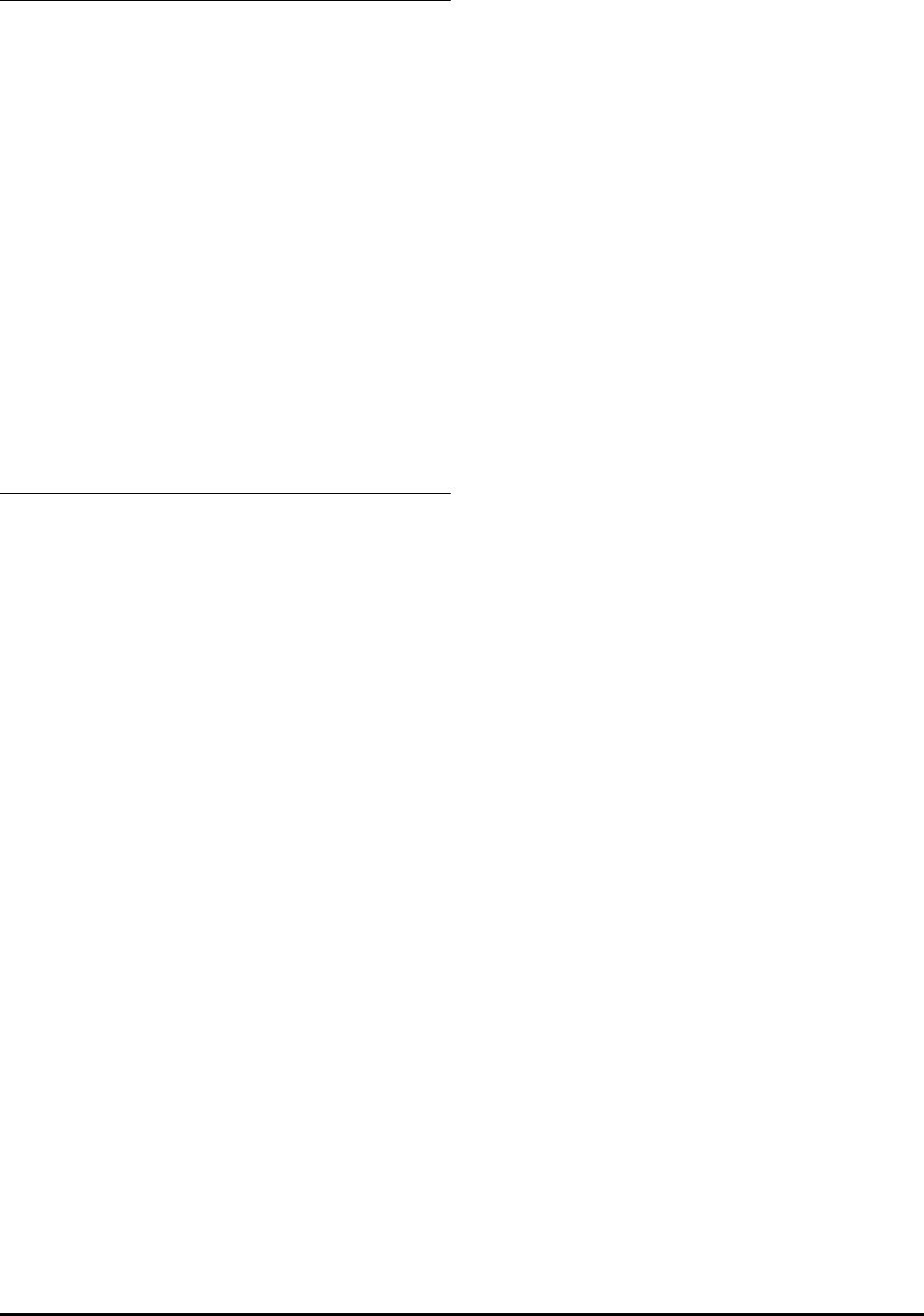
Commander GP User Guide
Issue code: gpxu2
3-2 Setting Up the Drive
Enabling a different macro
configuration after using Macros 2 to 7
If any one of the macros from 2 to 7 has been
enabled (after the instructions in this chapter have
previously been followed), proceed as follows...
1. Go to Initial setting up in Chapter 2 Getting
Started. Start proceeding through that section
by referring to Restoring the Drive to a default
configuration.
2. Follow the remainder of Initial setting up.
3. Return to this chapter and follow Enabling a
different macro configurationafter getting started
with Macro 1 earlier in this chapter.
3.3 Macro 0
General purpose
(
default configuration
)
Features
Specific features
Macro 0 places the Drive in a default configuration
for general-purpose use.
When a UD50 small option module is fitted in the
Drive, the following additional functions become
automatically available for Macro 0 only:
• Volt-free relay contact which closes when
the Drive is AT OR BELOW MINIMUM SPEED
• Volt-free relay contact which closes when
the Drive is AT SPEED
• DRIVE RUNNING digital output
• MOTOR CURRENT OVERLOAD ALARM
digital output
• (EXCESSIVE) HEATSINK TEMPERATURE
ALARM digital output
• MOTOR CURRENT MAGNITUDE
analog output
• Frequency offset can be selected and
applied
• Operation in torque mode can be selected
• A bipolar or unipolar frequency reference
can be applied
To change the functions of the UD50 or to enable
the UD50 to be used with other macro
configurations, see the Commander Gp Advanced User
Guide. With Drive software versions V03.01.05, a
UD50 cannot be used with any of the other macro
configurations.
Standard features
• Macro 0 operates in Terminal or Keypad
mode
• In Terminal mode, digital control by
RUN FORWARD, RUN REVERSE and
JOG SELECT contacts
• Local and remote analog frequency inputs,
or setting of frequency by use of the keypad
• Keypad control of speed can be
uni-directional or bi-directional
• Selection of analog input modes
• Adjustable Jog/Preset frequency
• Adjustment of minimum and maximum
frequencies
• Adjustment of acceleration and deceleration
ramps
• S-ramp
• Skip frequencies
• Selection of stopping modes
• Selection of braking mode
• Motor thermistor input
• Negative logic for the digital inputs
(EUR> positive logic can be selected)
• EUR> Adjustment of current-loop PI gains
• USA> Indication of frequency demand
• USA> Digital control by three-wire
momentary contacts can be selected
• SPEED and TORQUE analog outputs
• AT SPEED digital output
• External trip digital input
• Drive RESET digital input
